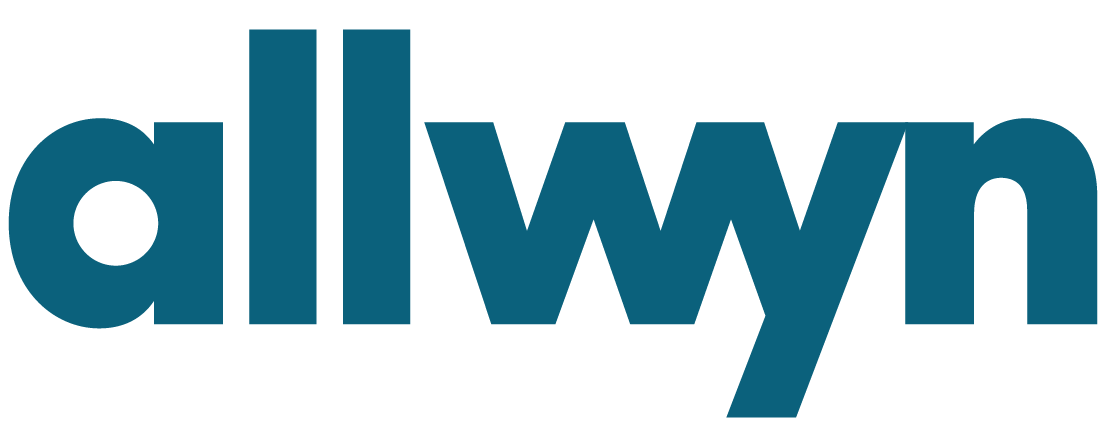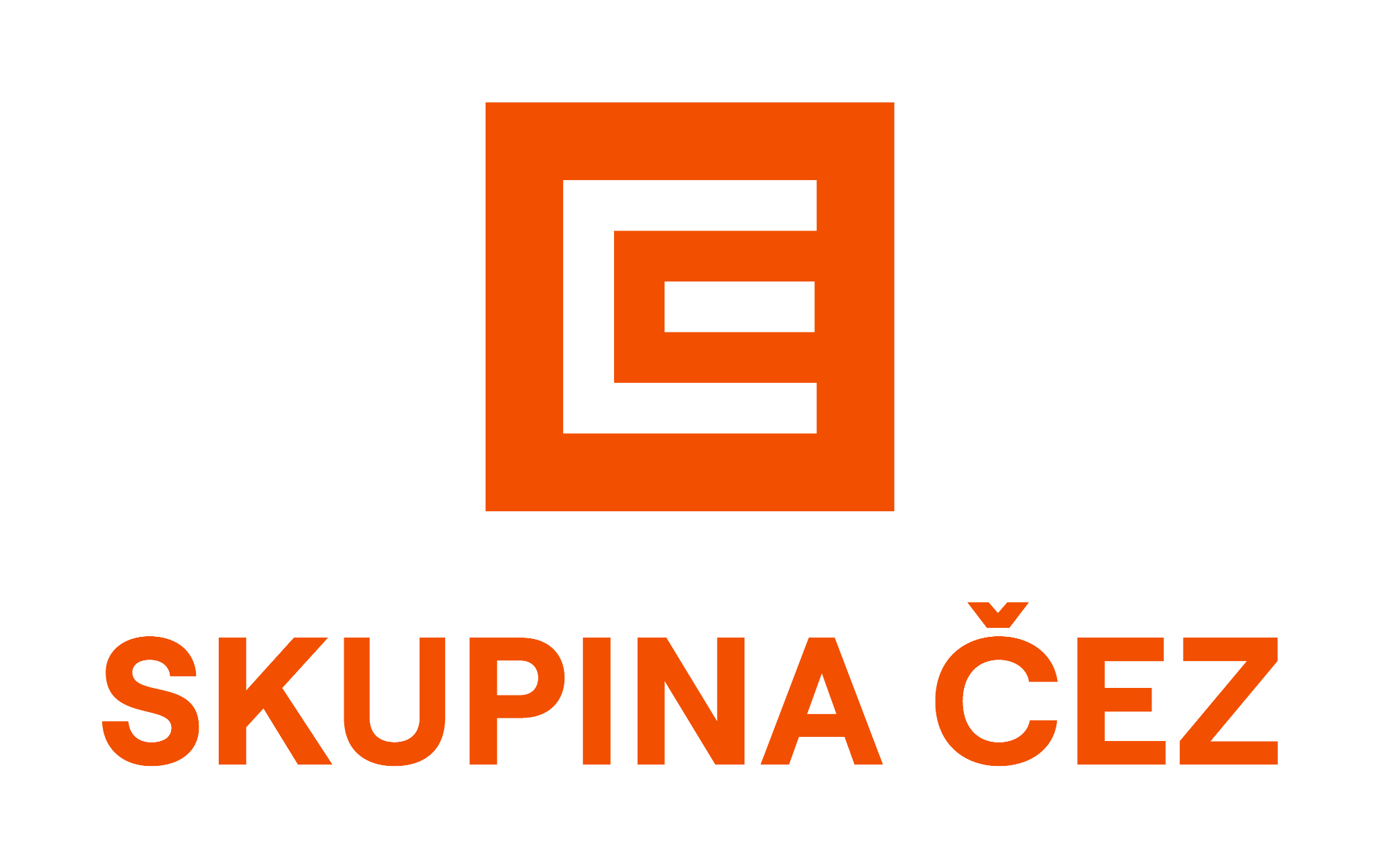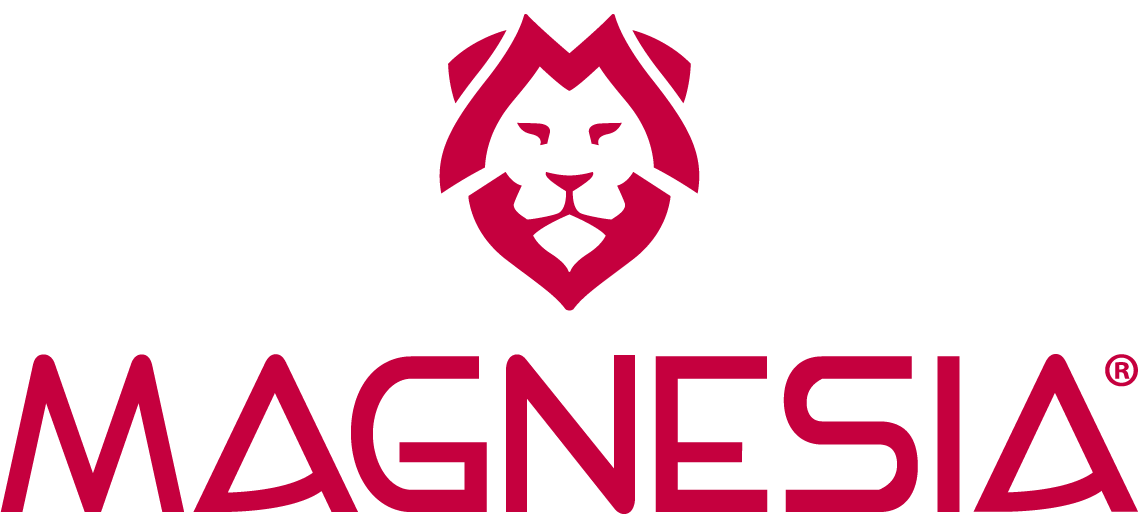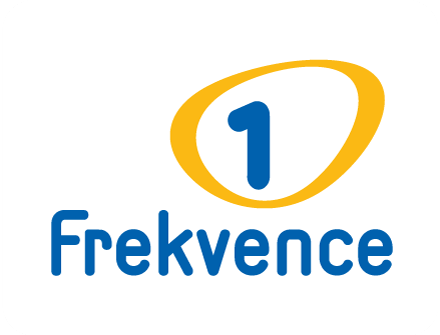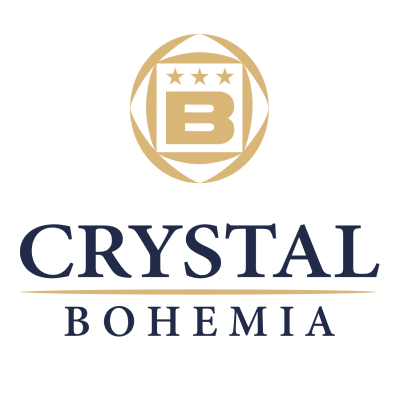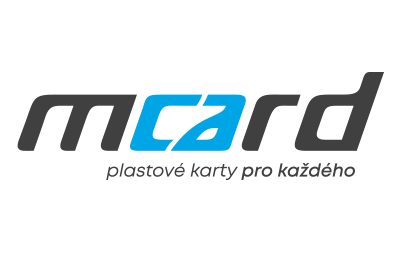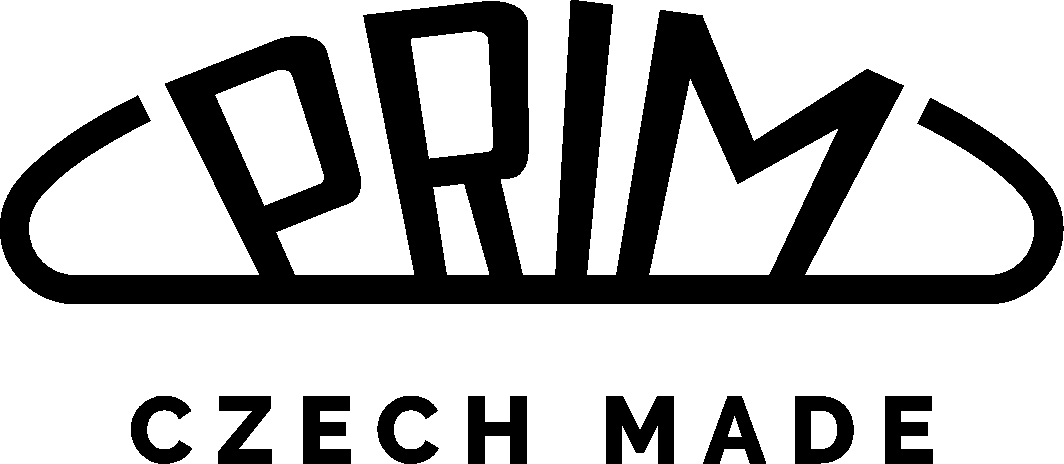The year 1990 changed everything. The fall of the Iron Curtain, the end of communist rule and the return of democracy to the countries of Central and Eastern Europe, brought enormous changes in many areas, including sports. The Peace Race thus also entered a new era. The very first post-revolution year became a ticket to the world of big cycling, and the race fulfils this role even in today's form, enabling as it does promising U23 riders to compete in the peloton.

Ján Svorada, The Peace Race U23 2016
The revolutionary transformations of the late 1980s brought no less significant changes to the Peace Race. Right from the first year after the Velvet Revolution, the traditional triangle route was dropped. The cyclists did not appear in Prague or Warsaw. After starting in Berlin, the peloton rode through Germany to the southwest, then via Pilsen and Jihlava to Slušovice and then into southern Poland, where it finished in the town of Bílsko-Bělá.
The changes were not limited to the route. The support of the communist newspapers, which the race had relied on for forty-two years, came to an end. The organisers had to therefore run the race on a commercial basis. For the first time, blue jerseys were not worn by the best team, advertisements appeared on the jerseys, prize money was paid in "hard currency", and professionals could compete.
The milestone year brought a Czechoslovak triumph for the first time in eighteen years, and Ján Svorada's great victory was also underlined by the third place of Pavel Padrnos. The triumph in the new era also brought with it another change: it meant a ticket to the world of "big" cycling. Something that Eastern Bloc riders could only dream of under socialism.
"They only released those who won a medal at the Olympics, the World Championships or the Peace Race. Being a sprinter, these goals were almost unattainable for me. First place in 1990 allowed me to leave," Svorada later recalled with gratitude. His victory in the Peace Race started a unique professional career that culminated in 2001 with a triumph in the sprint on the Champs-Élysées in the final stage of the Tour de France. In the Lampre team, Svorada also met Padrnos, who later rode alongside Lance Armstrong as a domestique.
However, the social changes ultimately had a negative impact on the traditional event. Over the following years, the Peace Race brand began to gradually lose its lustre and after a series of changes and difficulties, the 58th edition closed the doors on its glorious history in 2006. A lack of interest from sponsors prevented the organization of another edition...
However, the iconic event eventually survived its clinical death and started a new era in 2013 as an international race for under-23 talents and future stars of the peloton. A look at the results of this challenging four-stage event over past decade shows that the intention of the organizers fell on fertile ground. In the recent past, winners of the Tour de France, world champions, stage kings of the Giro and Vuelta, and champions of other World Tour races and spring classics have all raced on the Czech roads as unknown rookies.
"The Peace Race is attended by talented young riders who you will soon find on the rosters of elite division teams. Individual national teams send their best cyclists to the Peace Race. Without exaggeration, we can say that it is a race comparable to those in the Pyrenees or the Alps," said Leopold König, director of the Under-23 Peace Race.

Tadej Pogačar, The Peace Race U23 2018
He finished seventh in the overall classification of the Tour de France 2014. In 2019, hard work on the asphalt in Jesenice brought Tadej Pogačar, perhaps the biggest star of the current peloton, to the winner's pedestal. He was in sixth place going into the final stage and triumphed thanks to a famous solo breakaway, to which several teams tried but were unable to respond to. Two years later, he famously defeated Primož Roglič in the battle for victory at the Tour de France.

Marc Hirschi, The Peace Race U23 2018
A year before the triumph of the Slovenian rider, this year's defender of the yellow jersey at the Tour, Jonas Vingegaard, also shone on the roads of the Peace Race, and the list of current stars who catapulted into the elite after the Peace Race include, for example, Joao Almeida, Lennard Kämna, Marc Hirschi and Julian Alaphilippe. And there will be no shortage of talented young riders this year either.
